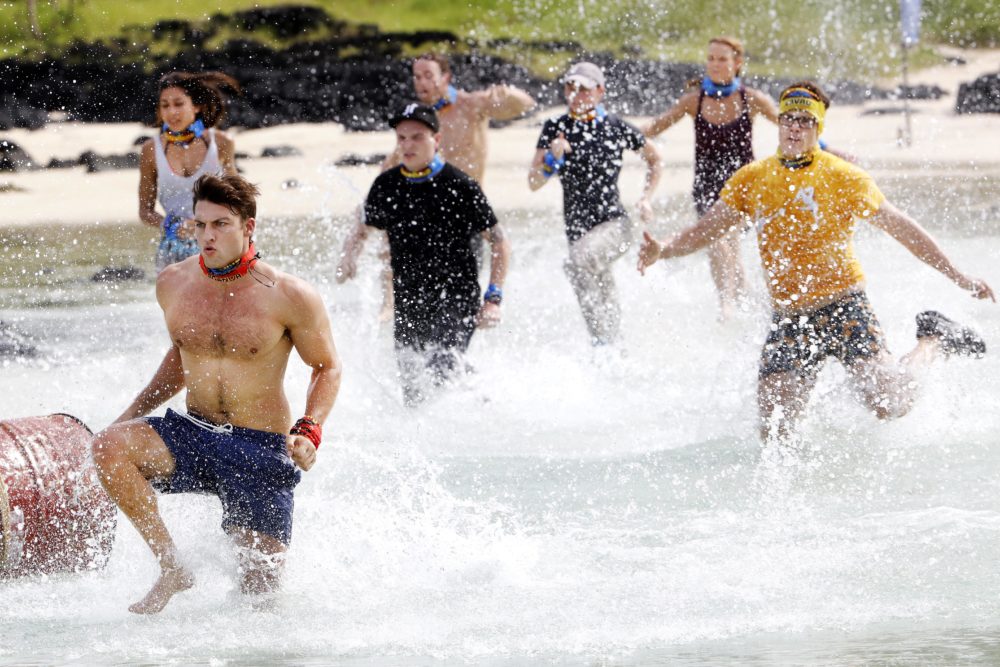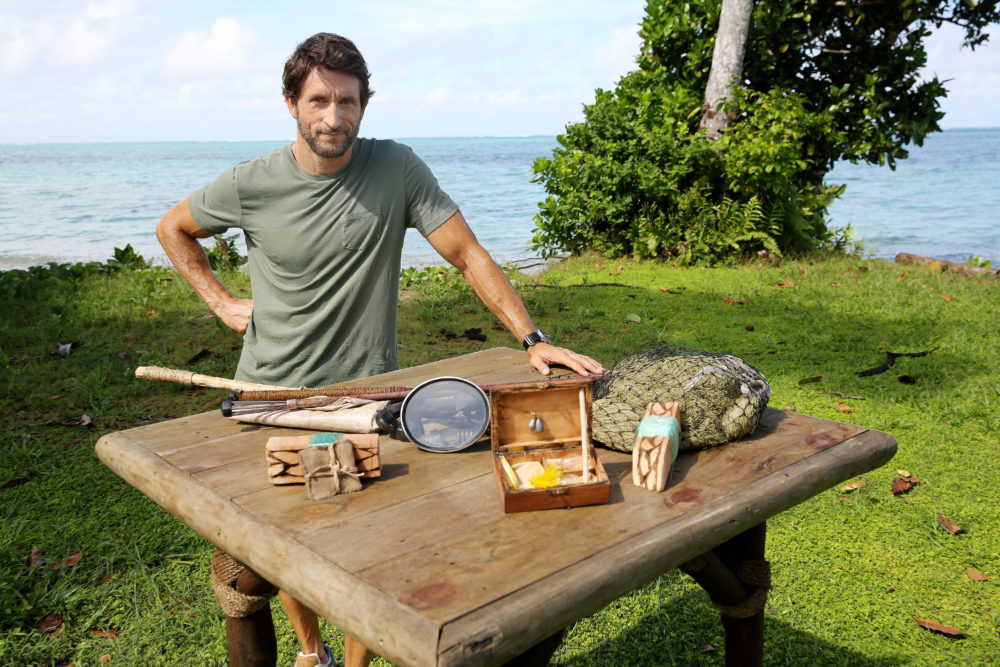Back in the country after producing Australian Survivor for TEN, series executive producer Stephen Tate revealed with his tongue firmly in cheek that the Samoan production location wasn’t entirely a pleasure.
“It was torture to be there, because you are standing on the most pristine, beautiful locations… But you’re working,” he said with a laugh.
Working on the Australian Survivor adaptation was a dream job for Tate, who has mentioned on more than one occasion to Mediaweek that producing a local version of the show was on his professional bucket list. When starting production on the show, Tate felt the pressure of working on a respected format like Survivor: “It’s such a privilege to work on a show like Survivor, but on the other hand it puts incredible pressure on you to do it justice and deliver the show that the numerous Survivor superfans are expecting.”
Tate believes that they have delivered with a production that meets expectations, but conceded that ultimately the audience will be responsible for deciding just how successful the team has been.
The show launches in Australia on Sunday 21 August, with episodes scheduled to run every Sunday and Monday night. With two episodes a week, Australian Survivor will deviate from the US Survivor. But that’s not the only change that Australian Survivor fans should expect. Unlike the US version that is in production for what is usually a 39-day shoot, the local version will produce a longer run of episodes.
“Because we go longer than they do, we obviously go into unchartered territory. When we hit the 39-day mark, which is where the US will be wrapping up, we all looked at each other and went ‘we have to keep going to 55’,” Tate said.
The change in the episode count and release schedule means that a number of other format changes need to be implemented. The gameplay on the show will be altered to accommodate it, with more twists and turns built into the show.
“If you look at the model that we adopted for The Bachelor, that’s worked incredibly well for us. That’s why we believe this model will also work. The fabulous thing Endemol Shine has done is they have created a structure that will deliver a tribal council at the end of every episode. The essential format elements that the fans are expecting are there,” he explained.
READ: 10 Australian Survivor facts
While the format for Survivor wasn’t developed for the US version of the show, the US Survivor series is seen as the absolute gold standard for a reality television series. From its 2000 launch, Survivor has been an exemplar of what can be achieved with a reality game show format. The production quality of the show is second to none. The audience for the show has responded in kind.
While audience numbers in the US have dipped for more recent series (in line with the general drops seen for US broadcast networks over the past decade), viewership throughout its run has been staggeringly high. The series peak was its first season finale with over 51 million Americans tuning in to see Richard Hatch win the $1 million prize.
It’s understandable that Tate and his team sought to emulate the US version of Survivor:
“As far as production values are concerned, that’s where we set the bar. We set out to equal or better the US series. As fans of the show, it was the US model that we wanted to do it on.”
As it was the first year that the current incarnation of Australian Survivor has been produced (with an arguably less ambitious 2002 production by Nine filmed in regional South Australia, and a celebrity edition filmed for Seven in Vanuatu), the format rights holder Castaway Television provided guidance through the production of Australian Survivor.
“The executive producer for Castaway, the person responsible for overseeing the format internationally, joined us several times. She joined us for the development process in Sydney when we were formulating the show with Endemol Shine. She also joined us for the first couple of weeks in Samoa. It’s not that they are there to police the format, but they are a fantastic resource when you have somebody that has been across 33 seasons,” Tate explained.
The Castaway producer wasn’t the only member of the production team to have experience working on the show. Director of Photography Bennie Cronje has experience working across multiple Survivor seasons between 2003 and 2010, with many other members of the crew also having worked on international versions of the show.
“We were lucky enough to attract a production crew that worked on Survivor throughout the world. Many of whom are Australian. None of them just work on Survivor – a lot of them were veterans of multiple series of the US version of Survivor.
“Pretty much all of them also do lots of other shows. For example, the DOP has done eight or nine series of the US Survivor, but he also shoots MasterChef for us.
“I think everybody that worked on the show is incredibly proud of it and worked incredibly hard to deliver the best possible product. It’s not every day you get to work in such an amazing environment and also rub shoulders with the best in the industry worldwide,” he said.


